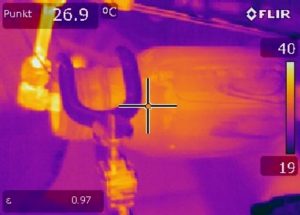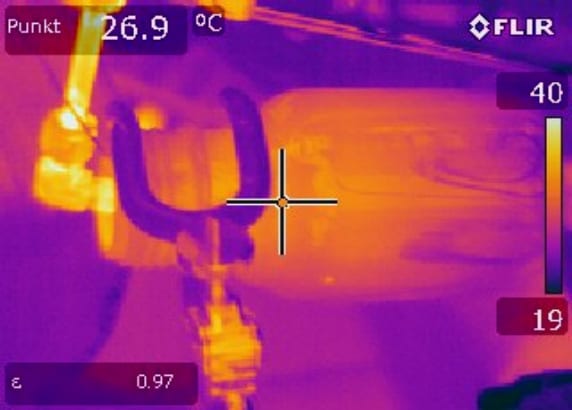 Decontamination of inorganic materials such as metals, plastics, and glass by plasma is possible while causing material damage only on the nanoscale. Due to the plastic materials such as PE, PET, FEP, PFA and PTFE that are used for fabrication and packaging, many medical devices are thermo- and hydro-sensitive.
Decontamination of inorganic materials such as metals, plastics, and glass by plasma is possible while causing material damage only on the nanoscale. Due to the plastic materials such as PE, PET, FEP, PFA and PTFE that are used for fabrication and packaging, many medical devices are thermo- and hydro-sensitive.
Current methods for non-thermal sterilization in medicine employ ionizing radiation, ethylene oxide, formaldehyde, and hydrogen peroxide. However, using these approaches can result in residues absorbed in the plastics, modifications of materials, long storage times for venting, and high costs. Low-temperature gas plasma may be a useful alternative – it may in fact replace current decontamination technologies in the food and medical industries.
Now, new research investigates the antimicrobial efficiency of microwave plasma processed air with manifold reactive nitrogen species (RNS) against vegetative bacteria (Escherichia Coli and Staphylococcus Aureus) and bacterial endospores (Bacillus atrophaeus). The gained results provide inactivation rates of investigated microorganisms up to 6 log in total treatment times (15 to 30 minutes) comparable to sterilization treatment times of thermo-sensitive medical devices with common methods like ethylene oxide, formaldehyde or hydrogen peroxide.
The experimental results indicate the possibility of microwave plasma processed air to decontaminate surfaces and lumen which can be found at medical devices and in pharmaceutical, packaging as well as food industries. Moreover, this new method is characterized by advantages such as no thermal influence, no toxicity for people or to the environment, and low costs.

















